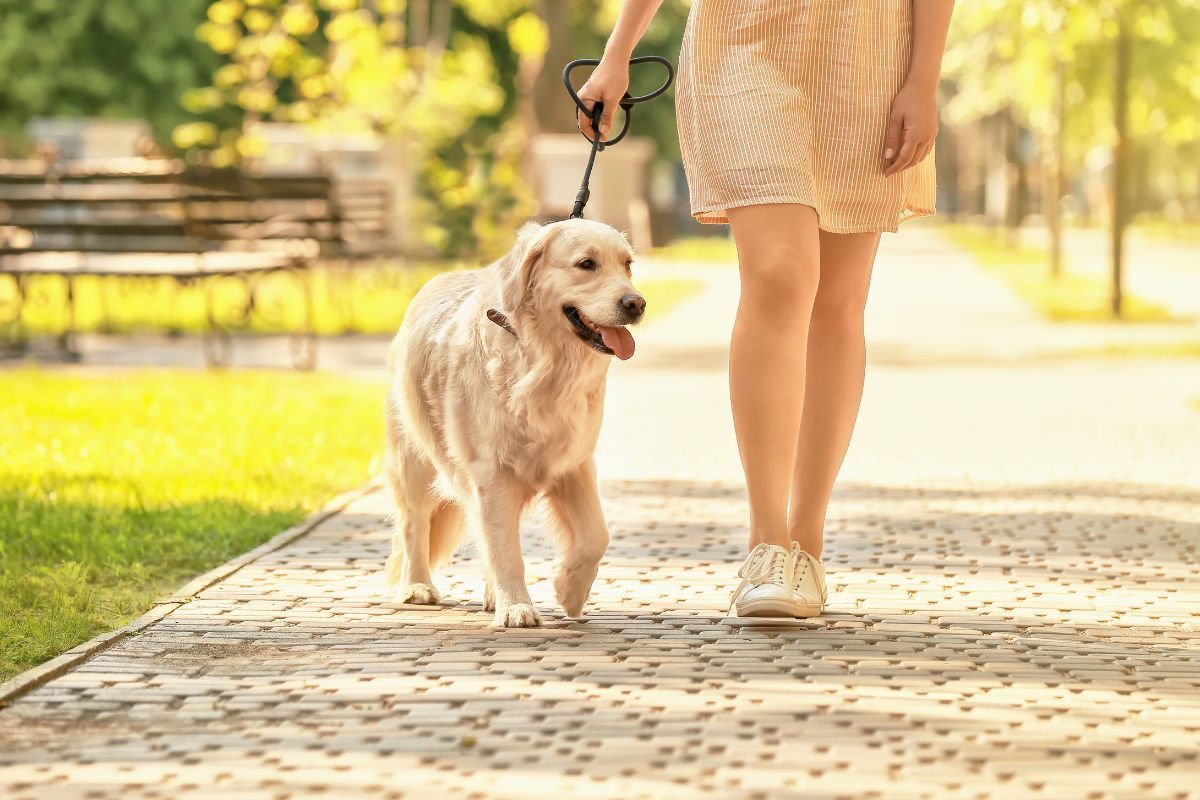WHY YOUR LAWYER SHOULD HAVE A GOOD POKER FACE!

What do these famous professional poker players have in common with the “accomplished” recreational poker players listed at the very bottom of this blog?
GREG RAYMER
* Lifetime tournament winnings of $7,547,332.00
* 2004 World Series of Poker champion ($5,000,000.00 first place prize)
VANESSA SELBST
* Lifetime tournament winnings of $11,645,266.00
* Commonly regarded as one of the 5 best poker players in the world
VANESSA ROUSSO
* Lifetime tournament winnings of $3,530,832.00
* Current star of CBS television show “Big Brother”
Each of them were attorneys, or were studying to be attorneys! While we certainly don’t play at the level of these poker professionals, we have some skills in our own right.
The above is an incredibly small list of professional poker players who are lawyers, or who were training to be lawyers. Many professional poker players, such as Vanessa Rousso, actually dropped out of law school to concentrate on professional poker. Others completed law school and passed state bar exams, such as Vanessa Selbst, but elected to concentrate fully on professional poker and never began their actual legal careers. And finally others, such as Greg Raymer, ended up abandoning active, successful law practices in favor of playing professional poker full-time. But why do so many attorneys excel at poker at its highest level? It’s not an accident or statistical anomaly…
The most common theories confirming why attorneys seem to both gravitate to and excel at high level poker, which we agree with, are:
- The very same skills which make a great poker player also make an accomplished attorney. Sizing up others and their personalities, knowing when to be patient versus when to be aggressive, logically considering many competing factors before making important decisions, making logical decisions rather than emotional ones, and calculating odds of success versus failure are all skills which both poker players and attorneys rely upon constantly.
- When broken down to its core, poker players and attorneys are ultimately trying to accomplish the same goal: Each is trying to get other people, using various different techniques, to do what they want them to do. For instance, accomplished poker players with weak hands will often try to bluff other players into folding stronger hands. Similarly, attorneys are sometimes required to be extremely confident and “talk a good game” even when they know their client’s case is not very strong. Professional poker players need to determine the different personalities of the players they are playing with in order to determine how to play against them most successfully. For instance, repeatedly attempting to bluff a stubborn player who never folds is a terrible, money-losing strategy. Lawyers make these same determinations in regards to their opposing counsel and opposing parties. The best poker players are able to, most of the time, get other players to do what they want them to do. Skilled attorneys attempt to do the exact same thing in order to get the best results for their clients.
The next tournament one of us will play is the Winter Poker Open, Main Event, at the Tampa Hard Rock on Thursday, December 17, 2015, with the tournament concluding on Monday, December 21, 2015. You’re welcome to check the links below to see if anyone had a successful weekend!
JASON B. GOLDMAN
* Personal Injury, Wrongful Death, Criminal Defense, Traffic Defense, Mediation
ALBERT J. TISEO, JR.
* Civil Litigation, Real Estate Litigation, Commercial Litigation
ERNEST W. STURGES, JR.
* Condominium & Community Associations, Real Estate, Business & Corporate Law
For further information about the correlation between lawyers and poker click on the link below, it is a fun educational read!
Lawyers’ Poker: 52 Lessons that Lawyers Can Learn from Card Players
Share This Post:






